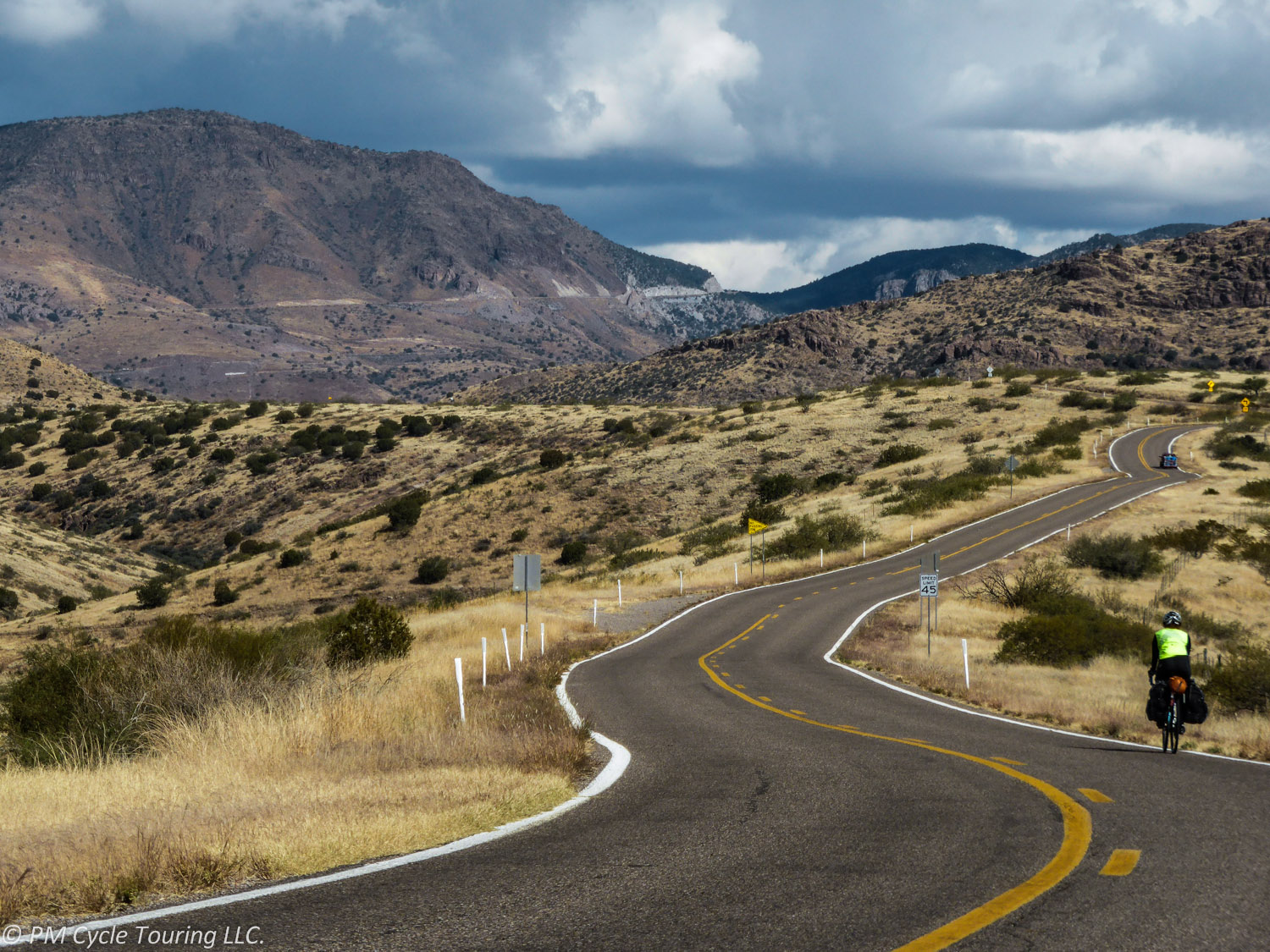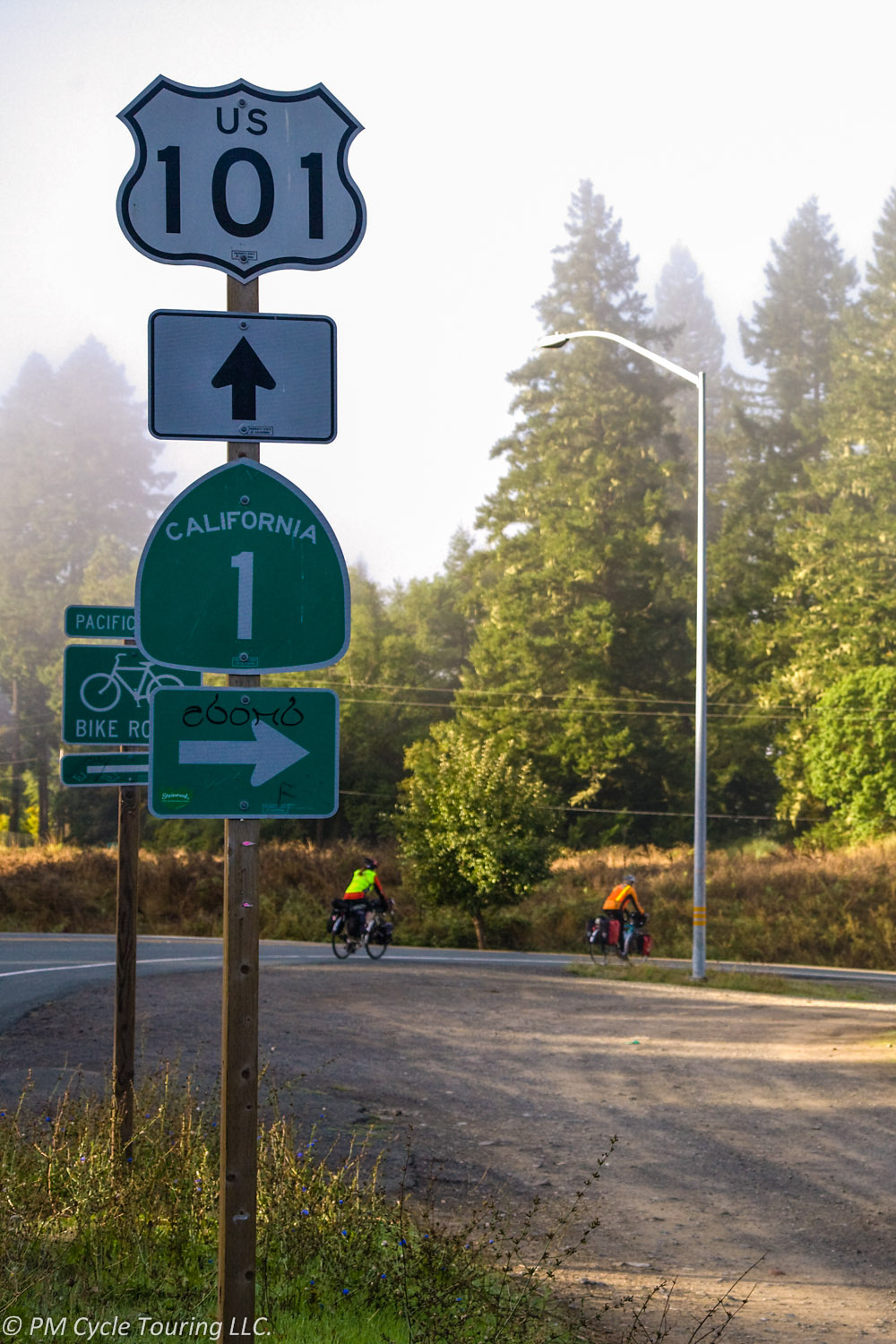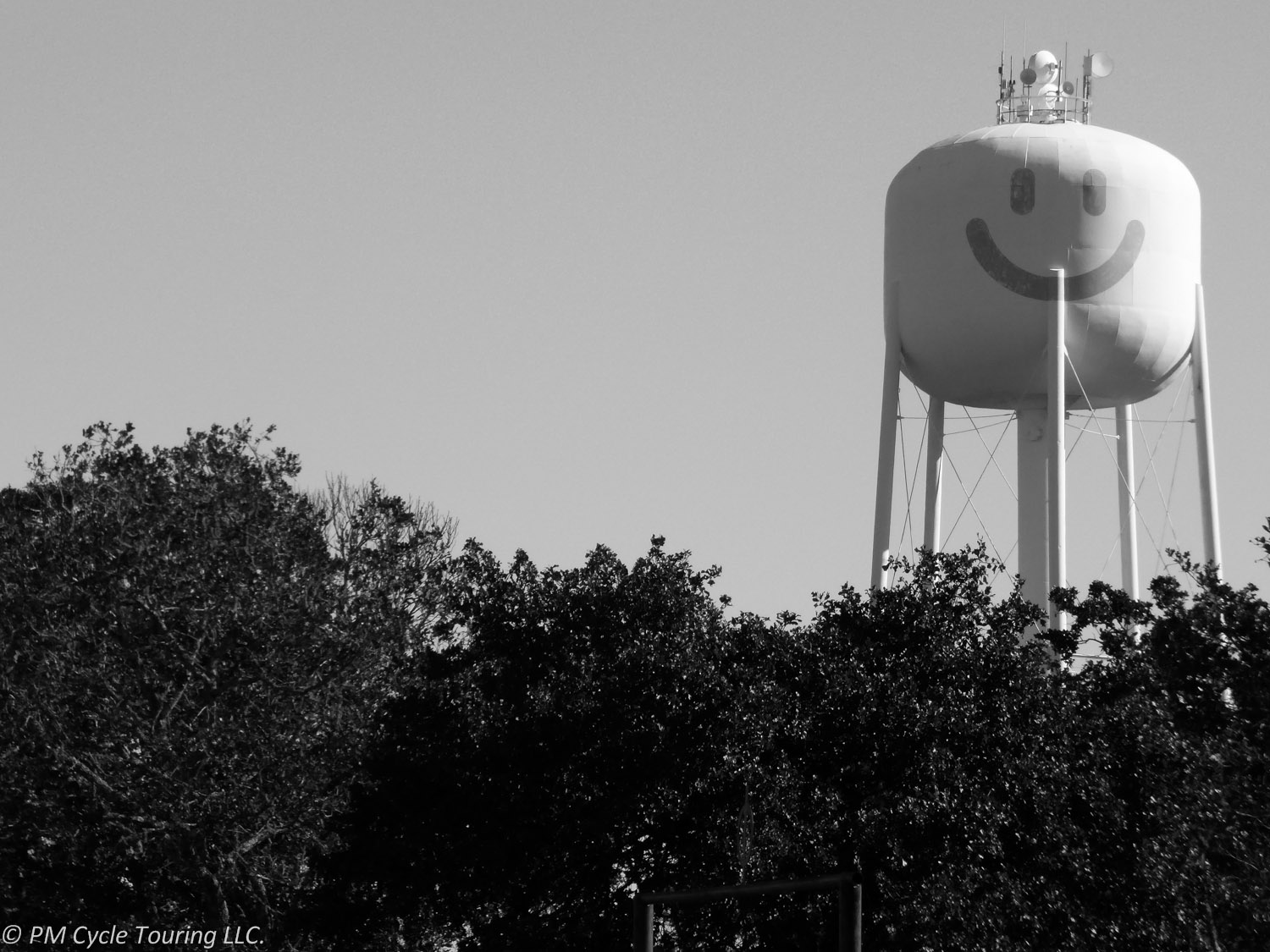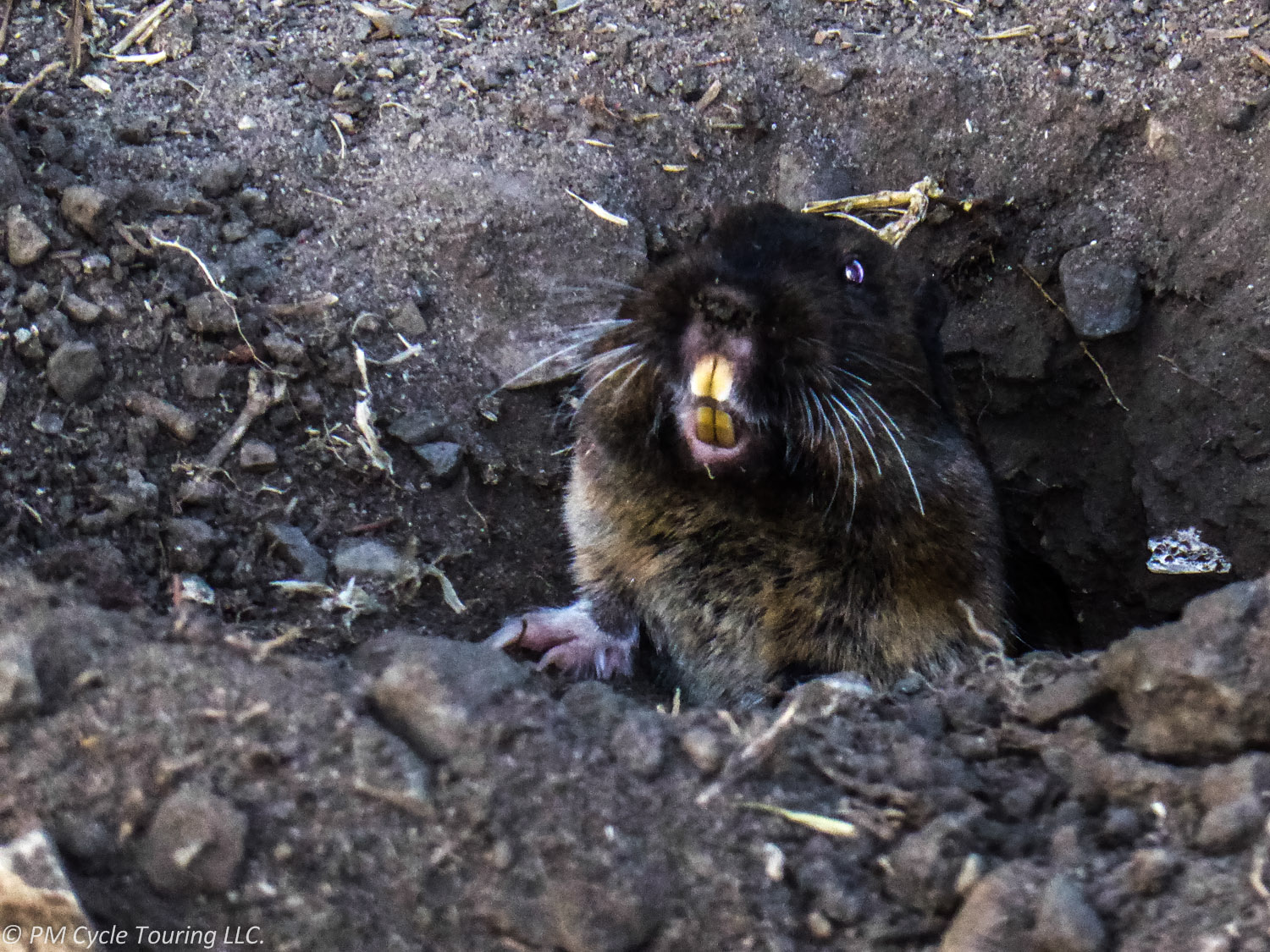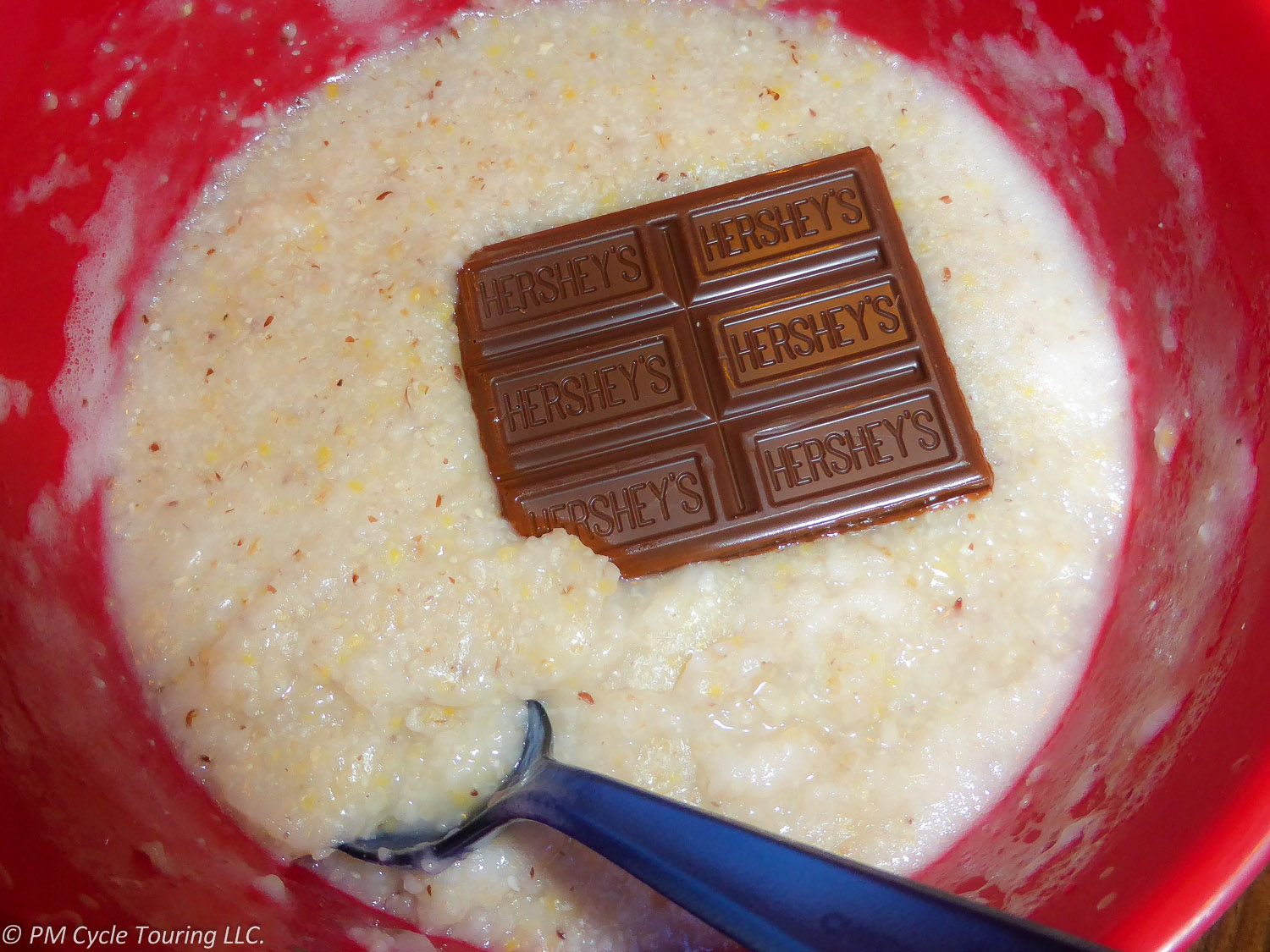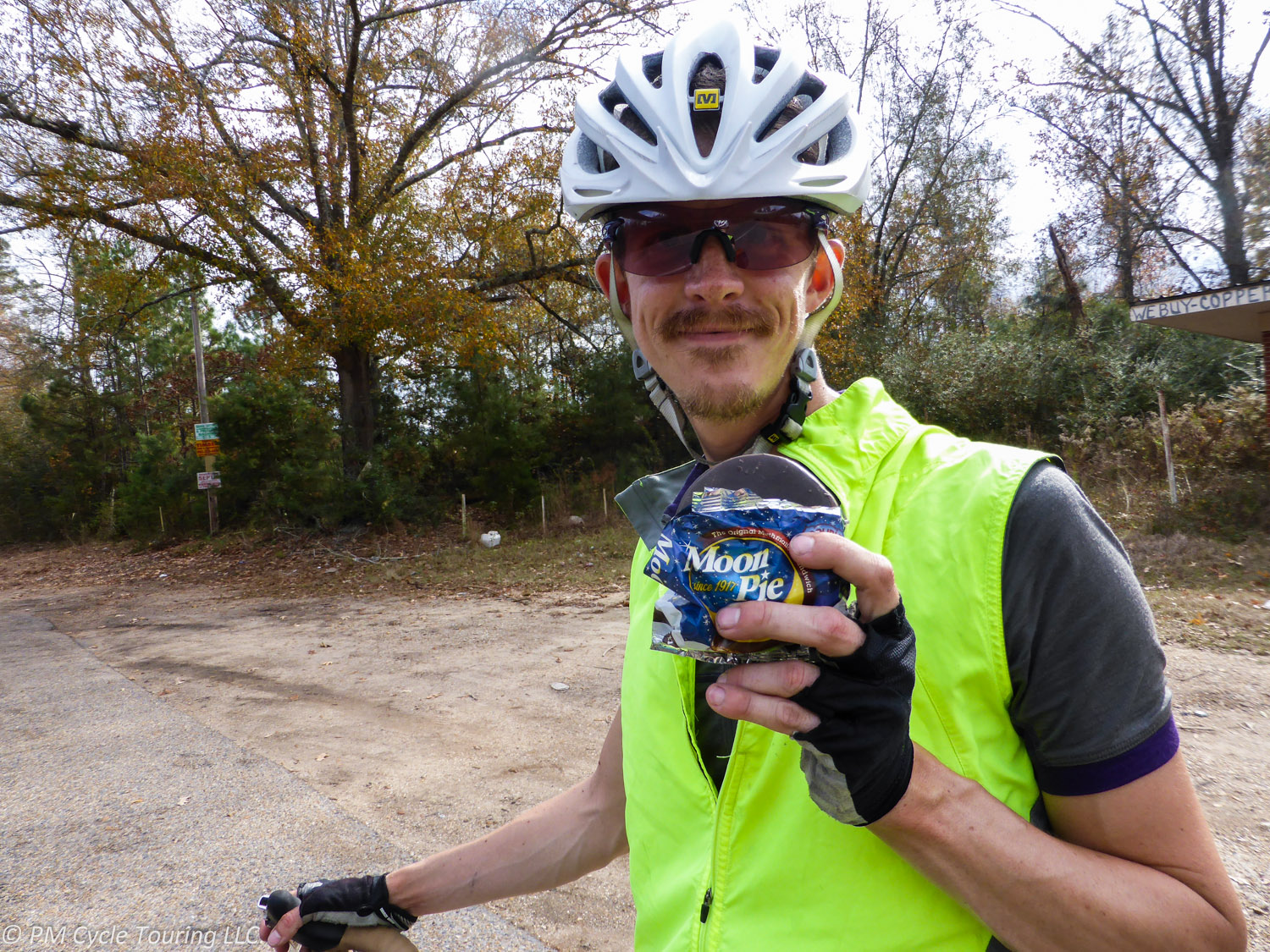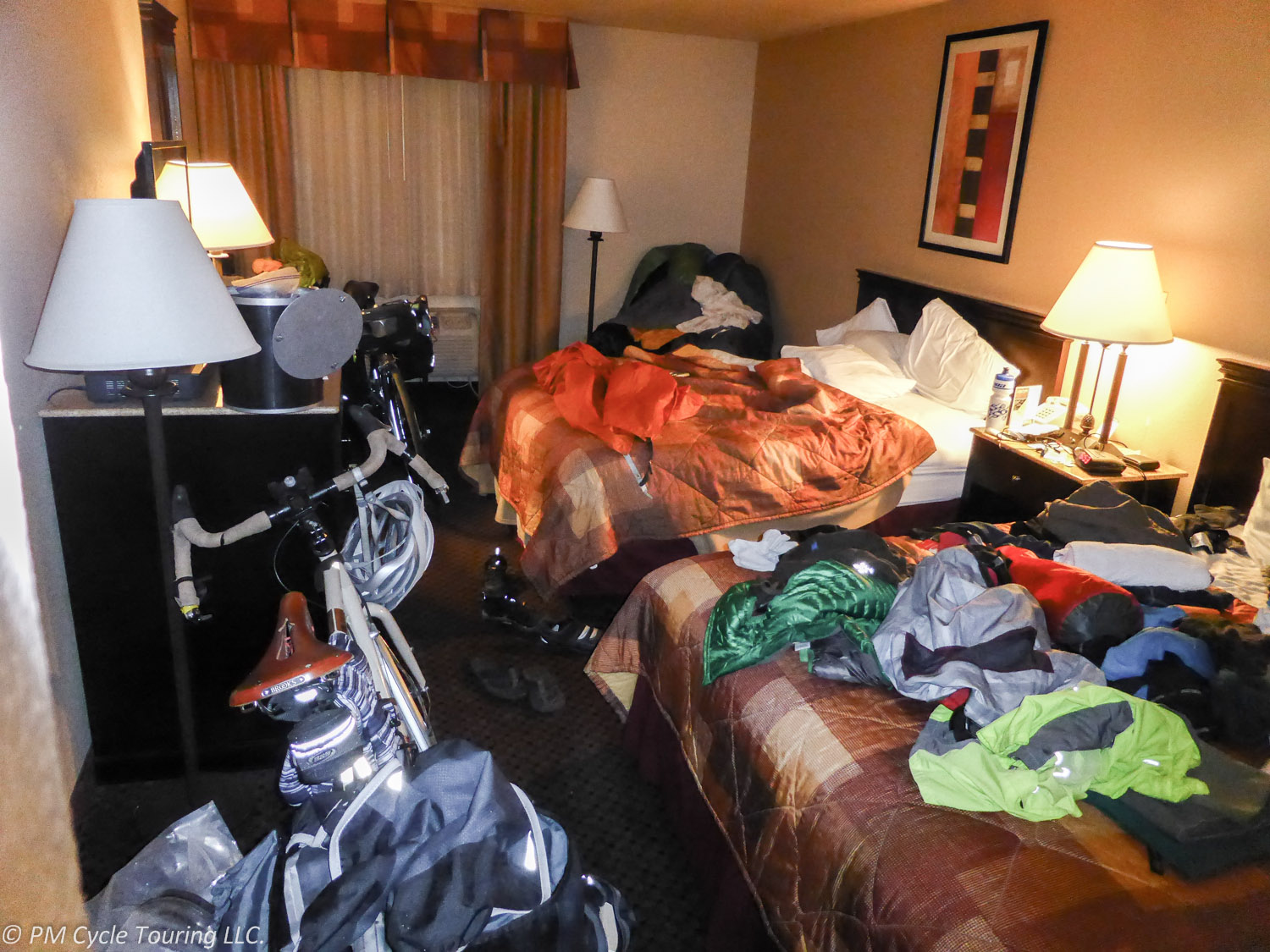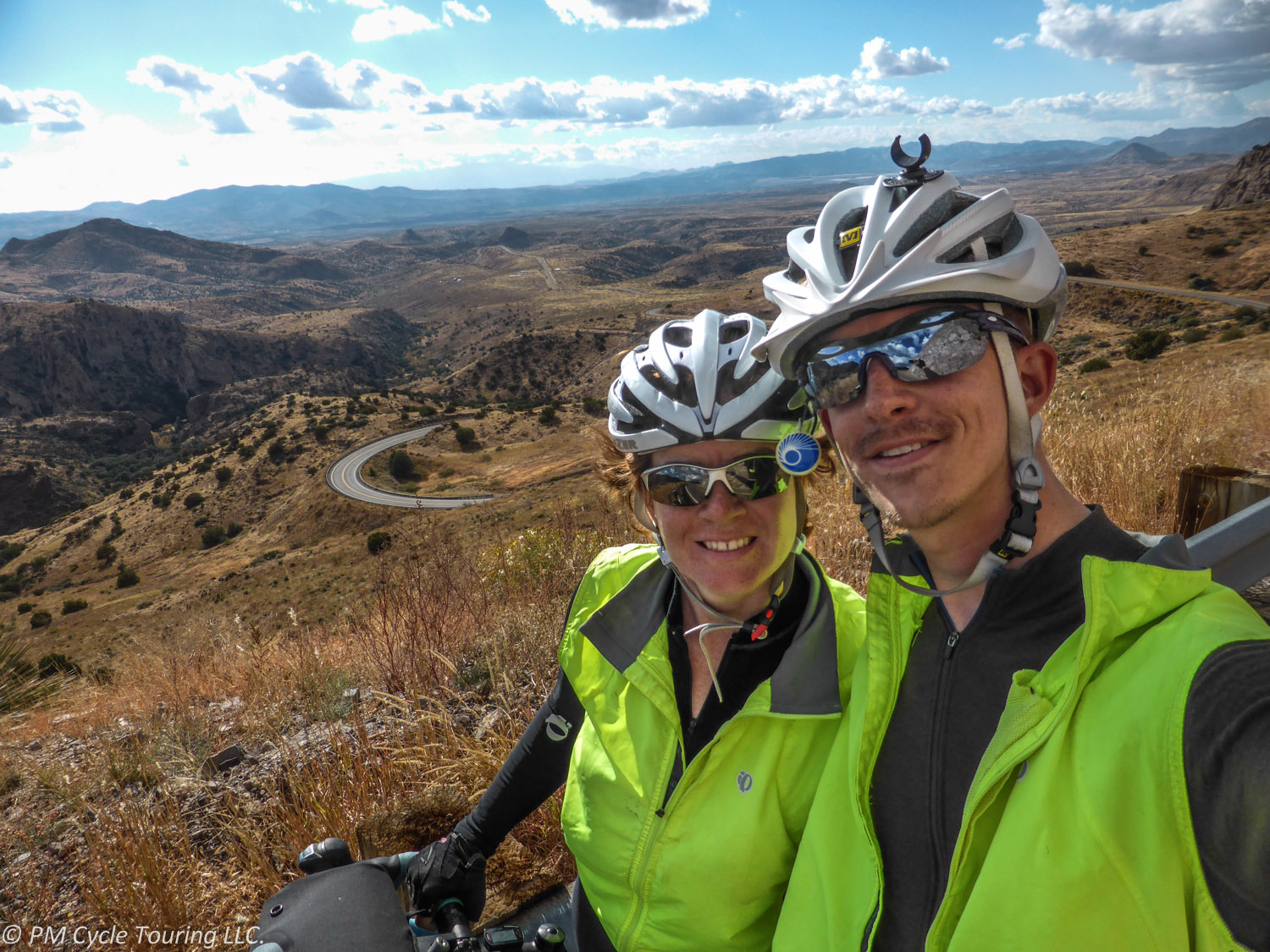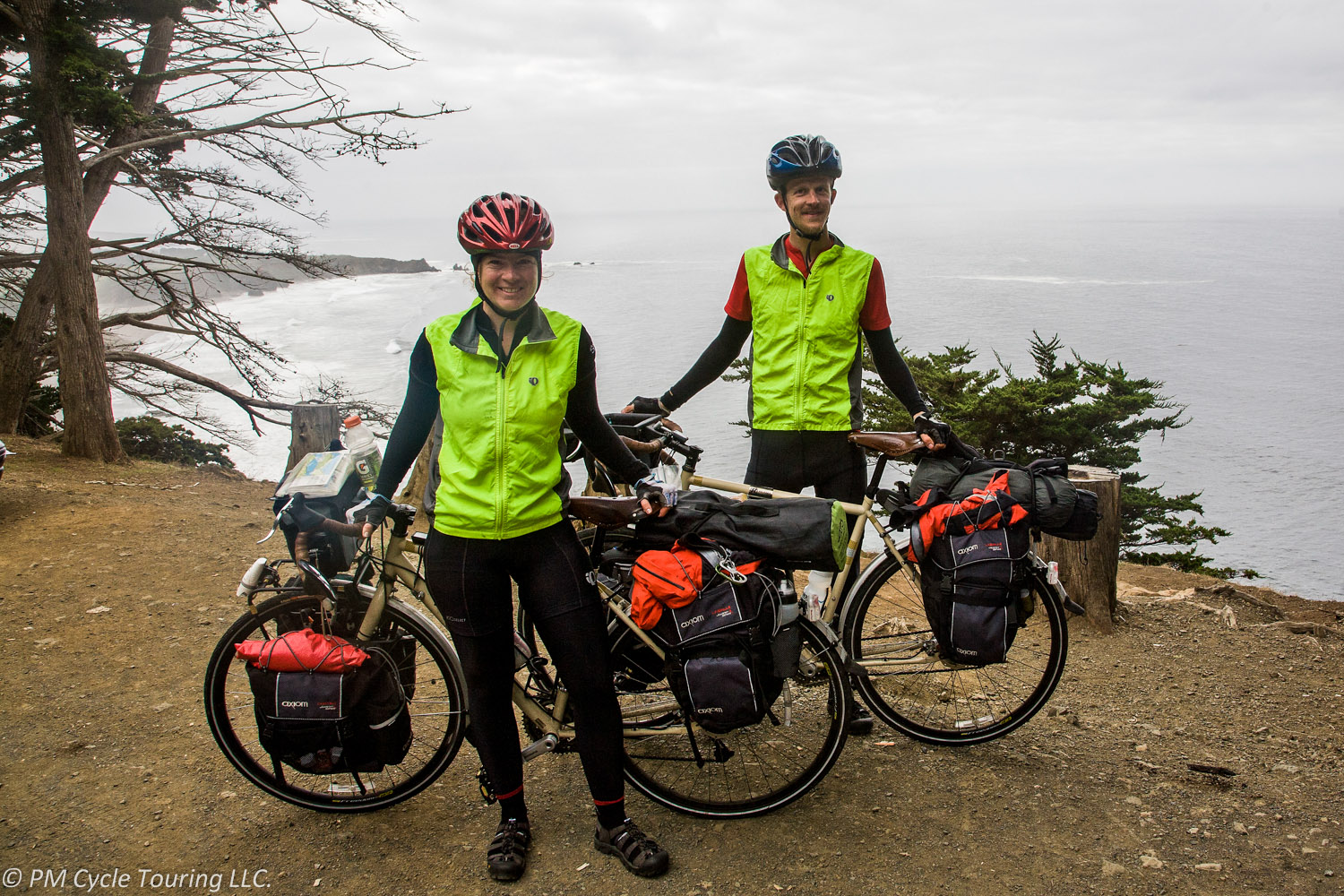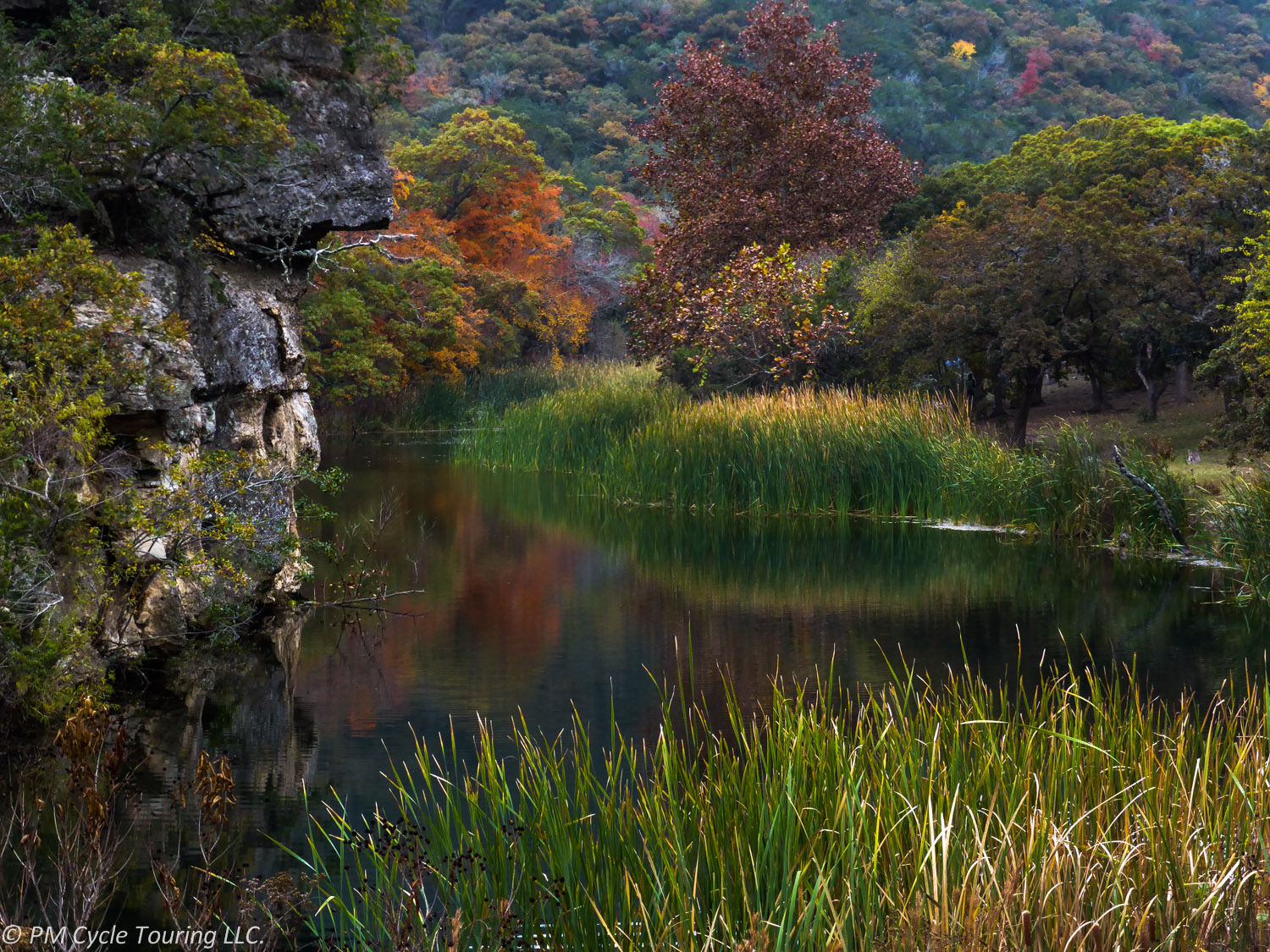For me, there is nothing better in this world than the accomplishment of reaching the top of a mountain, looking back on the road behind, and eagerly awaiting the descent ahead. I’m fairly new to cycling, and as I’ve learned how to be a better cyclist, I’ve thought of hills in terms of how difficult they were to climb. But I’ve also noticed those signs, you know, the ones with the %. I’ve also heard other cyclists refer to a category system for hills. It was all confusing to me, but now that I’ve been riding for a bit, I figure it’s about time to understand what those signs mean.
The % grade signs that the highway department installs are put in place for vehicles. Some trucks have a hard time with steep hills, going up or coming down. That percent grade is usually accompanied by a distance, as well. For example: 6% downgrade next 4 miles. Percent grade is simply a numerical value given to the average gradient of the hill. The gradient is a fraction, rise divided by run. In simpler terms, it is (the number of feet traveled vertically) divided by (the number of feet traveled horizontally). To turn this into a percent, times the number by 100. For example, if you travel up a hill 9 vertical feet over 100 feet, then the percent grade would be (9/100)x100=9%. Since the road sign gradients are averages, this could mean sections of the hill are steeper or less steep, depending.
You could actually calculate the grade of the road by carrying a level and a ruler (and a calculator). (I don’t know anyone who carries around either on their bicycle, but I suppose if you were curious, you could do it.) Lay the level down on the ground with the ruler at one end. Raise the end of the level by the ruler until it reads level. Your run will be the length of your level (for example 24”) and the rise will be the reading on the ruler. This will tell you the grade at that exact point on the hill, but not the average grade of the hill. (If you want a more high tech way of determining the grade, try a cycling computer with the function built in, such as the one Matt used on our recent tour, the CatEye Adventure cycling computer. This computer uses altitude to calculate the % grade and feet climbed, as well as many other features.)
But what does a percent grade feel like? Well, here’s how I look at them personally:
- 0%- Flat road. You’re actually not going to find many of these anywhere. Except maybe Holland.
- 1-3%-This is sometimes known as “false flat”, especially the low grades. You’ll find yourself working to maintain your speed, and might even push it a little too hard. You won’t necessarily feel like you’re traveling uphill, but trust me, you’re working.
- 4-6%-With good low gears, a strong rider can easily maintain this grade for many miles. It does take work, but you’ll know you’re going uphill. Slow and steady is always my mantra!
- 7-9%-Most strong riders will do well for short distances, as long as you have low enough gears. In northern Washington I found myself pushing my bike up many 9% hills.
- 10-15%-Difficult. If it’s for very long, you might have to walk a bit.
- Above 15%-Extremely difficult. Even experienced riders will find grades this steep to be challenging. Without low enough gears, you’re definitely going to be walking this one!
Another way that cyclists use to categorize hills is the category system. There are 5 categories: Category 1-4 and Above Category (or HC). These categories are based on the difficulty of the climb, with Category 4 being the easiest, Category 1 the most difficult, and HC off the charts. This method originated with the Tour de France(TdF). Maybe that’s why it is counter intuitive that the most difficult is Category 1, but there’s an even more difficult. For the TdF, both steepness and length are considered. Other groups use the category method, but simplify the criteria. For example, the Tour of California only considers the elevation gain of the climb. Category 4 climbs are of 250 to 500 feet in elevation gain. Category 3 are of 500 to 1,000 feet. And so on until HC which are climbs above 5000 feet in elevation gain.
Some riders get hung up on the idea of what hills are coming up. They stress and fret over big Category 2 hills, or steep 7% grades. What I’ve found is that it is irrelevant. If there’s a hill, I have to climb it. While climbing, I try to enjoy it. That slow steady burn, that’s where I get most of my thinking done. And the view from the top, well, that’s the icing on the cake. After an especially tough climb, I like to stop, take in the view, and give myself credit for what I’ve just accomplished. And then I grin all the way down the other side.
